A vey pleasant model from Purple Bob's, a British manufacturer that also sells die cut windows.
http://purplebob.co.uk/product-category/7mm-scale-card-model-building-kits/
Construction is straightforward, but I opted to fill in the interior of the walls with heavy cardstock.
Made two mistakes that ruin the realism of the model.
Distressed the paper, heavy handed on the folding exposing too much the white of the paper and didn't cut the tabs to glue new ones form inside allowing butt gluing.
The model comes with extra parts to build up volume.
I still don't know if I will use this model for a tramway layout in 0 scale or leave as an individual piece.
Anyhow I intend to piant a Phoenix figure in 1/43 to give a sense of scale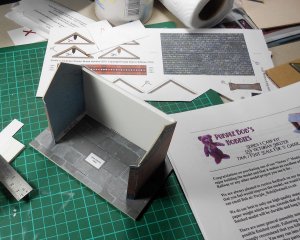
http://purplebob.co.uk/product-category/7mm-scale-card-model-building-kits/
Construction is straightforward, but I opted to fill in the interior of the walls with heavy cardstock.
Made two mistakes that ruin the realism of the model.
Distressed the paper, heavy handed on the folding exposing too much the white of the paper and didn't cut the tabs to glue new ones form inside allowing butt gluing.
The model comes with extra parts to build up volume.
I still don't know if I will use this model for a tramway layout in 0 scale or leave as an individual piece.
Anyhow I intend to piant a Phoenix figure in 1/43 to give a sense of scale

Attachments
-
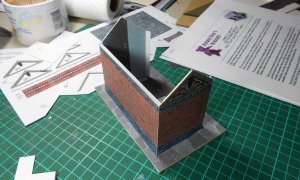 victorian-shelter-1.43 (2).JPG300.6 KB · Views: 76
victorian-shelter-1.43 (2).JPG300.6 KB · Views: 76 -
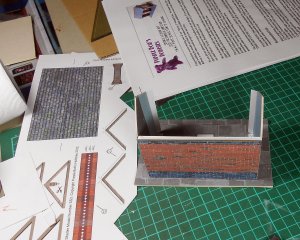 victorian-shelter-1.43 (3).JPG422.6 KB · Views: 53
victorian-shelter-1.43 (3).JPG422.6 KB · Views: 53 -
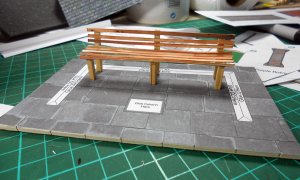 victorian-shelter-1.43 (4).JPG266.2 KB · Views: 52
victorian-shelter-1.43 (4).JPG266.2 KB · Views: 52 -
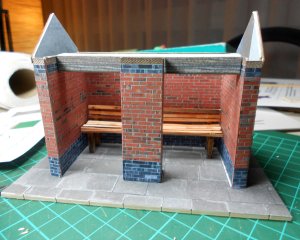 victorian-shelter-1.43 (5).JPG367.1 KB · Views: 54
victorian-shelter-1.43 (5).JPG367.1 KB · Views: 54 -
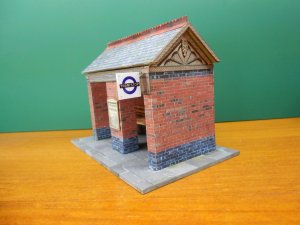 victorian-shelter-1.43 (6).JPG5.4 MB · Views: 56
victorian-shelter-1.43 (6).JPG5.4 MB · Views: 56 -
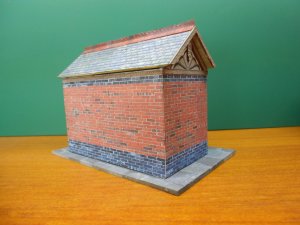 victorian-shelter-1.43 (7).JPG5.4 MB · Views: 52
victorian-shelter-1.43 (7).JPG5.4 MB · Views: 52 -
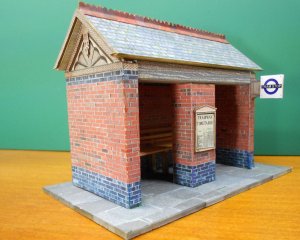 victorian-shelter-1.43 (8).JPG325.4 KB · Views: 56
victorian-shelter-1.43 (8).JPG325.4 KB · Views: 56 -
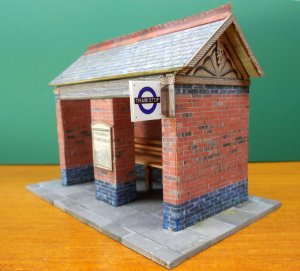 victorian-shelter-1.43 (9).JPG1.3 MB · Views: 56
victorian-shelter-1.43 (9).JPG1.3 MB · Views: 56


